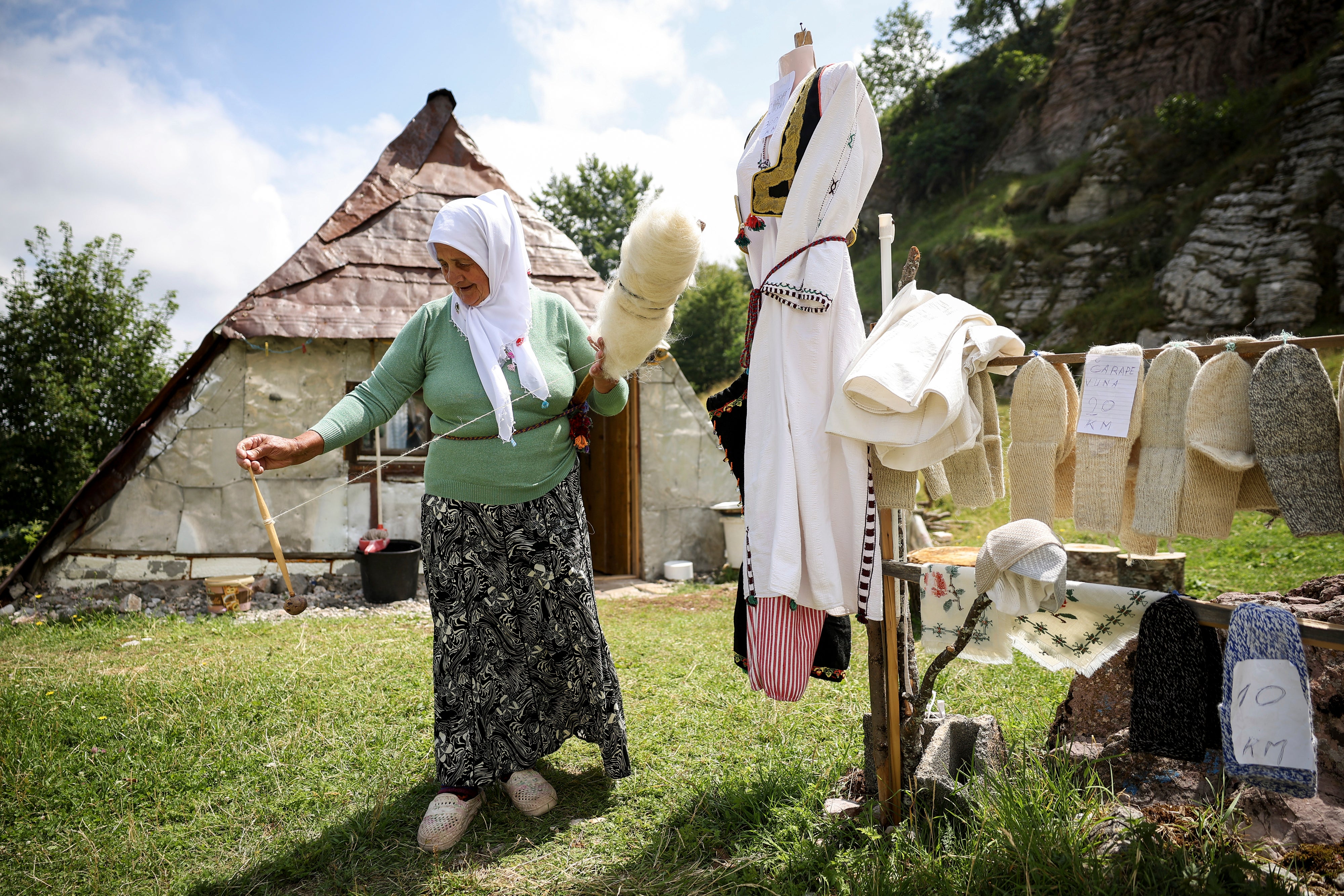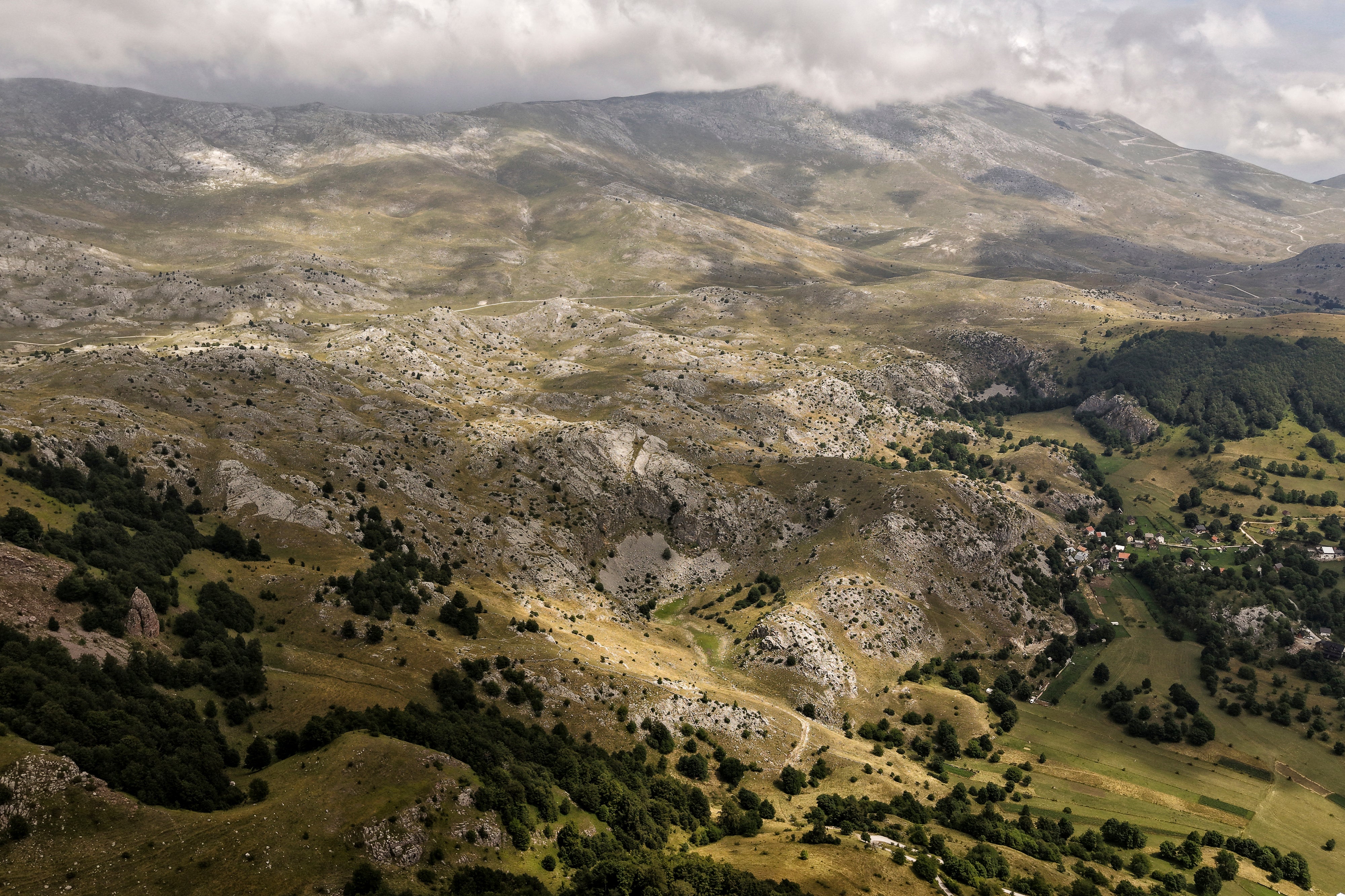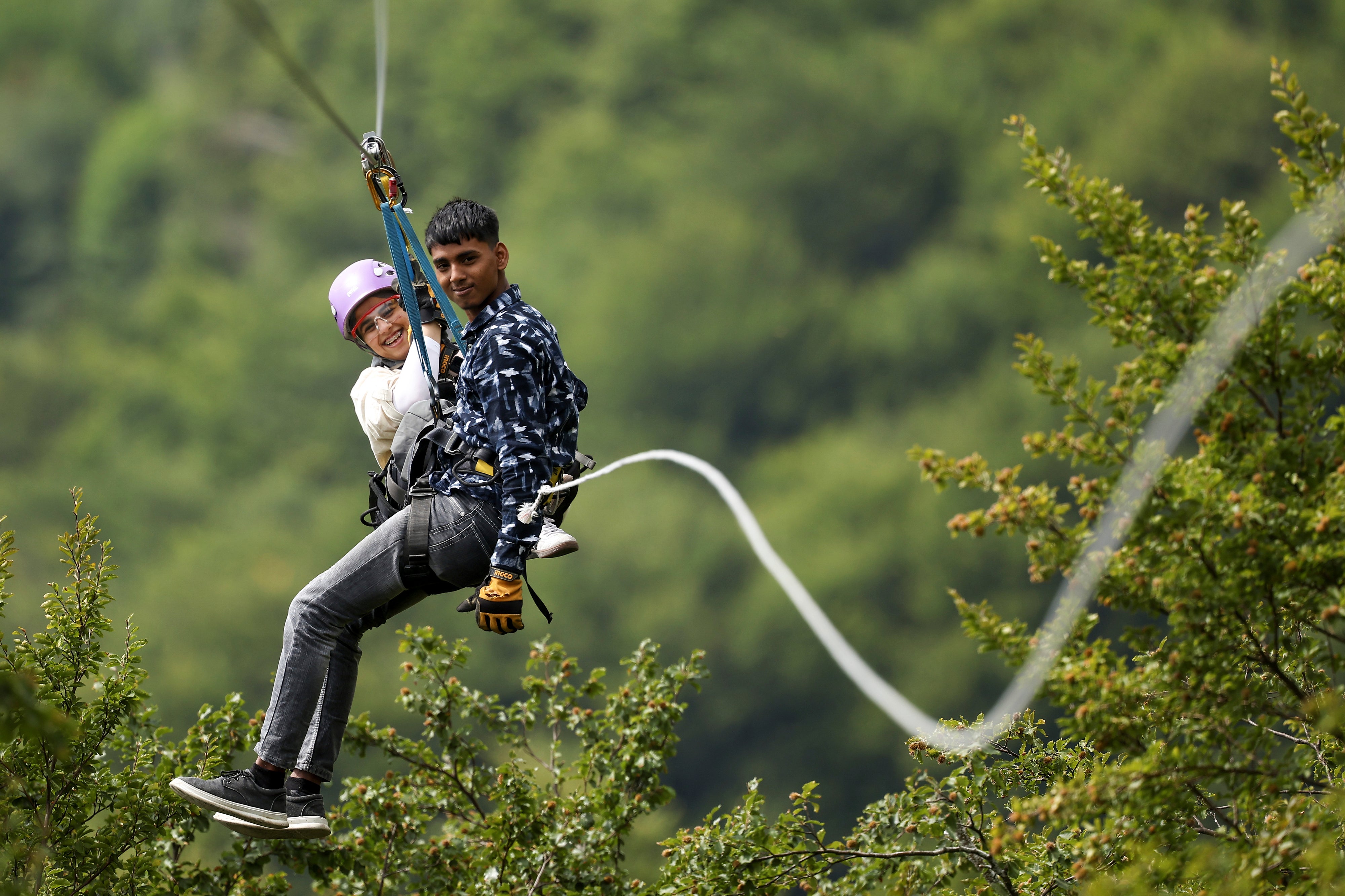
Bosnia’s mid-altitude mountain resorts near Sarajevo, historically reliant on snow sports, are now steadily pivoting to attract summertime tourists.
These destinations, a short drive from the Mediterranean coast, are embracing a new seasonal appeal. Despite the Balkan nation’s notoriously poor record-keeping, tourism officials in the country of 3.3 million confirm a clear trend is emerging.
“We used to rely on snow, but there is no escaping the fact that snow is now likely to fall and accumulate at altitudes above 2,500 meters (8,000 feet) and our mountains are simply not that high,” said Haris Fazlagic, the Sarajevo tourism board president.
Fazlagic believes that by expanding their summer offerings, mountain resorts can lure tourists away from the scorching heat and high costs of traditional seaside vacations along the Adriatic coast of Croatia and Montenegro. He said increasing the area's year-round appeal is “the future of tourism,” but acknowledged it’s a long-term strategy.

In 2017, after several winters with little snow, the Jahorina and Bjelasnica mountains near Sarajevo began to expand their summer offerings. These mountains, which hosted the 1984 Winter Olympics, have elevations of 1,906 meters (6,253 feet) and 2,067 meters (6,781 feet), respectively.
They now operate ski lifts year-round for scenic views and are steadily adding new hiking, biking and ATV trails and tours.
“The weather here is fantastic — it's not hot at all," said Dusko Kurtovic, a visitor from the Bosnian town of Doboj, while on a walk during a short vacation in Jahorina last week.

Like other visitors exploring the forest trails and riding ski lifts around Sarajevo, Kurtovic was dressed for balmy summer weather. Temperatures here typically stay between 24 and 30 degrees Celsius (75-86 degrees Fahrenheit).
The weather is a welcome change for tourists, as coastal regions in Central and Eastern Europe have experienced increasingly frequent and prolonged heat waves, with daily temperatures often reaching 40 degrees Celsius (104 degrees Fahrenheit) in the past few years.
Vasilije Knezevic, who leads quad tours of Jahorina’s highest peaks, noted that while the ski season was “bleak” because of the snow shortage, they are “having a fabulous summer so far.”

Business might be growing in the mountains of Sarajevo, but it remains far less profitable than seaside destinations in neighboring Croatia, where tourism accounts for up to 20% of the country’s gross domestic product.
Just a five-hour drive from Sarajevo, the ancient city of Dubrovnik is grappling with an abundance of tourists. Unlike their Bosnian counterparts who are trying to increase visitors, Dubrovnik’s tourism authorities are focused on managing crowds, limiting the number of tourists from cruise ships in the city to 4,000 at any one time during the day and restricting traffic around the Old Town to local permit holders.
Despite these restrictions and extreme summer heat, Dubrovnik recorded nearly two million overnight stays in the first seven months of 2025, almost double that of the Sarajevo region.
While climate change is driving Bosnia and Croatia toward different tourism strategies, both countries share a common objective: to “extend the season” and become “year-round tourist destination,” in the words of Aida Hodzic of the Dubrovnik tourism board.
How would a holiday lottery work? Simon Calder spins the travel roulette wheel
Holiday roulette? Boss of Booking.com proposes lottery to tackle overtourism
Is it possible to safely hike solo in the mountains?
EasyJet completes huge rollout of new software in bid to improve efficiency
Cut to drink-drive limit and eye tests for over-70s considered in safety overhaul
Emirates passengers face power bank use ban over fears of fire and explosions







